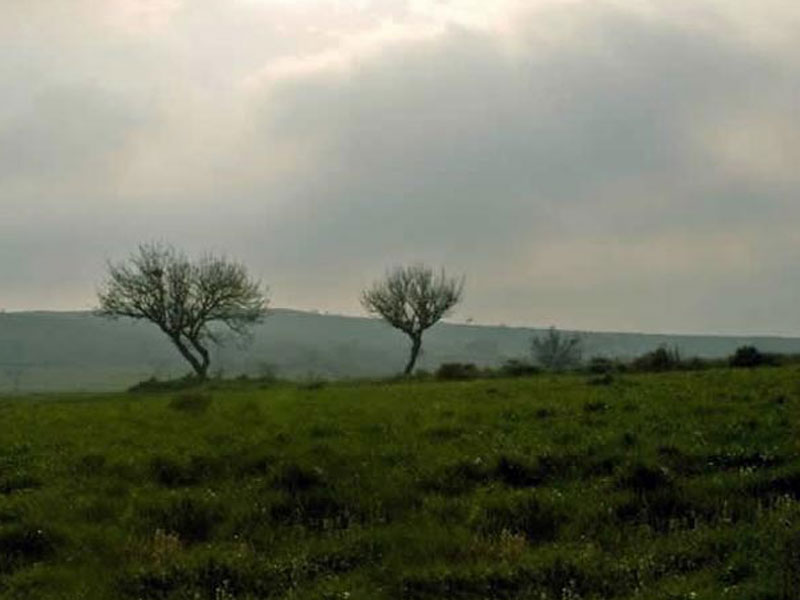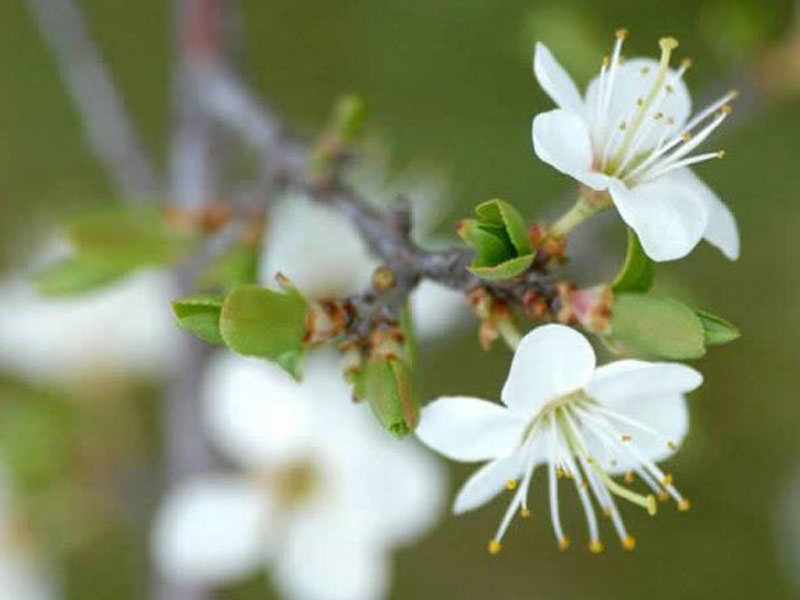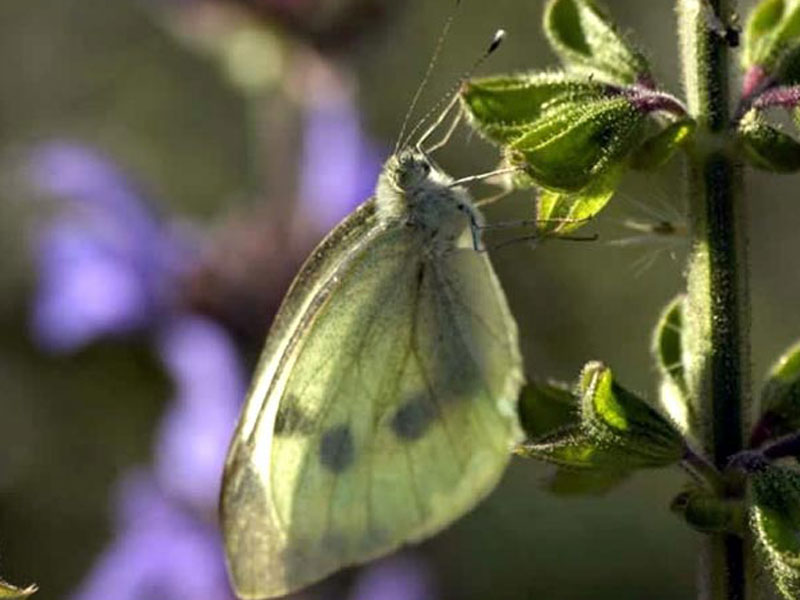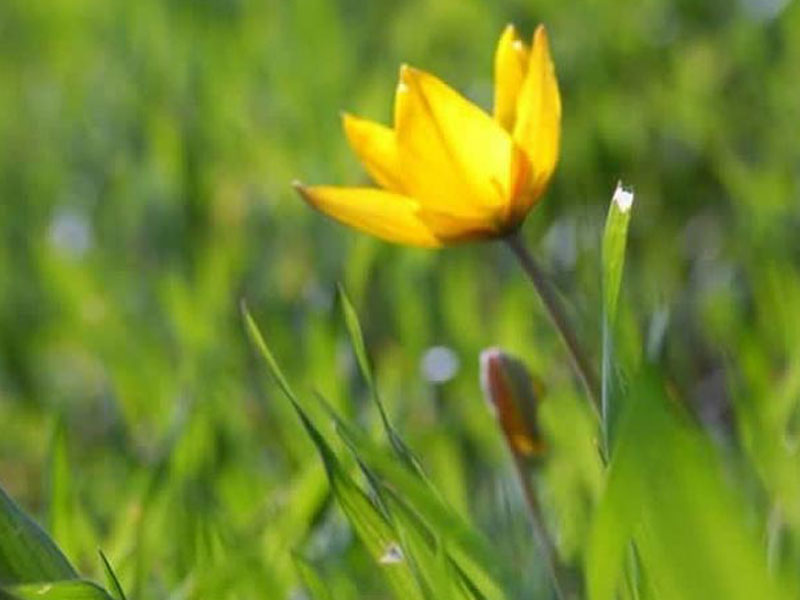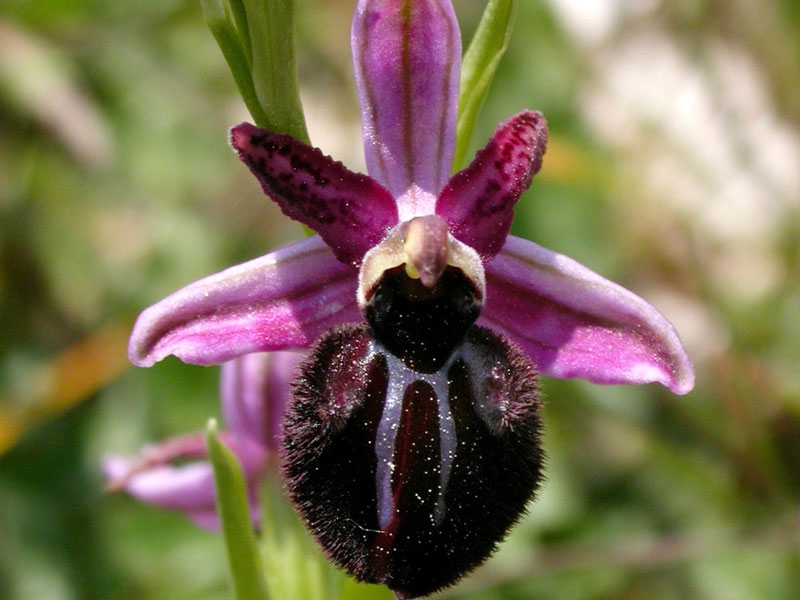Protected Area
Identity Card
- Alta Murgia National Park:
- Land Surface Area: 68'077.00 ha
- Protected flora: 17 species (Italian text)
- Protected wildlife: 59 species (Italian text)
- Habitats: 5 types (Italian text)
- Regions: Puglia
- Provinces: Bari, Barletta-Andria-Trani
- Municipalities: Altamura, Andria, Bitonto, Cassano delle Murge, Corato, Gravina in Puglia, Grumo Appula, Minervino Murge, Poggiorsini, Ruvo di Puglia, Santeramo in Colle, Spinazzola, Toritto
- Establishment Measures: DPR 10/03/2004
- PA Official List: EUAP0852
- Park Authority: Ente Parco Nazionale dell'Alta Murgia
- Further managed Protected Areas:
- SIC e ZPS Murgia Alta
- Geoparco Alta Murgia
The Landscape
A charm for every season
Charming landscape characterized by a gentle undulating countryside and doline-shaped depressions, with surface karstic phenomena represented by swallow holes. The substratum is formed by Cretaceous limestone usually covered with Pleistocene calcarenite. It is one of the largest sub-steppe areas in Italy, with Festuco-brometalia herbaceous vegetation. The largest Italian population of the priority species Lesser Kestrel (Falco naumanni) lives here: it is one of the largest populations of the European Union.
The Plants of the Park
A casket of biodiversity a few steps from the towns
The deep changes caused by the human action have shaped the status of the original vegetation to the extent that it is impossible or very difficult to carry out a precise and certain analysis of the potentialities of this territory without the disturbing action of man. The past location and extent of the woodlands are not clear. Anyway, at the moment they are characterized by a punctiform or, in the best cases, linear extent.
The Animals of the Park
Hundreds of species for a unique treasure in Apulia
Deep, fast, and particularly widespread changes involve today the pastures of Alta Murgia. The techniques, but above all the technological means used, enable the breaking of the outcropping rock with not very clear results as far as the ecological, hydrogeologic, and productive balance is concerned. The wildlife populating these environments has adapted to the conditions of the vegetal covering, although hunting and environmental changes have led to the extinction of several species since the beginning of the century (the wolf, the Egyptian Vulture, the wildcat, and the Little Bustard just to quote a few).
Geology
Millions of years to shape a territory
From a geological point of view, north-western Murge are formed by compact limestones of the lithological unit of Bari and Altamura limestone (Cretaceous formation dating back to approximately 130 million years ago, whose thickness reaches the 3,000m). The northern part of the plateau includes the so-called north-western Murge, where the highest summits of the whole group are situated (Mt. Caccia 680m, Torre Disperata 686m), while the southern part includes the south-eastern Murge, which do not go beyond the 500m of height. As far as their structure is concerned, Murge are a tapered tabular chain developing parallely to Fossa Bradanica, delimited along the south-eastern edge by a large steep slope; towards the north-east, that is towards the Adriatic Sea, Murge slope down towards the sea level.
Rural Environment
The hands of man building the territory
The Park territory is also interesting from an architectural point of view, with its charming buildings different for purpose and architectural style. Among the buildings linked to agricultural activities and stock rearing, the so-called "Poste" can be easily recognized: they are buildings surrounded by dry-stone walls, used above all by the shepherds to protect the animals from bad weather. The so-callled "Jazzi" are structures used for sheep rearing, situated in steep areas and with a southern exposure.
Archaeology
The signs of history emerging from the underground
The area is rich in archaeological finds of great importance, like the fossil skeleton of the "Man from Altamura", a skeleton of hominid, entire and well preserved, who lived 150 thousand years ago. It was found in Lamalunga Cave, near Altamura. A unique discovery for the perfect conservation status of the skeleton. The fossilized finds of the man, who has been called "Man from Altamura", belong to an archaic species of Homo who lived in a period between Homo erectus and Neanderthal Man.





